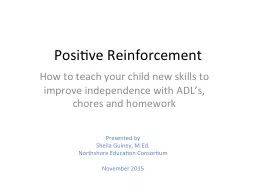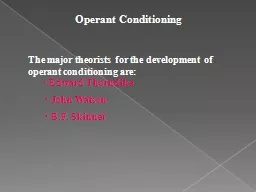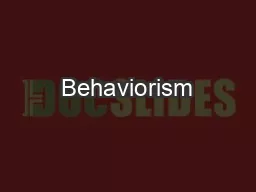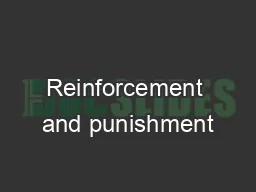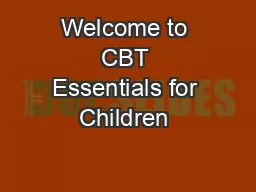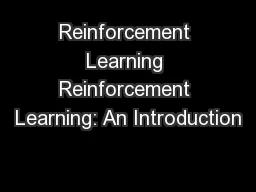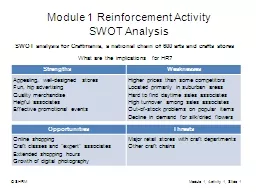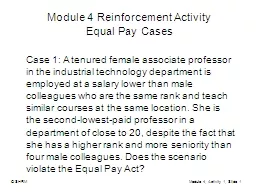PPT-Positive Reinforcement
Author : liane-varnes | Published Date : 2017-06-07
How to teach your child new skills to improve independence with ADLs chores and homework Presented by Sheila Guiney MEd Northshore Education Consortium November
Presentation Embed Code
Download Presentation
Download Presentation The PPT/PDF document "Positive Reinforcement" is the property of its rightful owner. Permission is granted to download and print the materials on this website for personal, non-commercial use only, and to display it on your personal computer provided you do not modify the materials and that you retain all copyright notices contained in the materials. By downloading content from our website, you accept the terms of this agreement.
Positive Reinforcement: Transcript
Download Rules Of Document
"Positive Reinforcement"The content belongs to its owner. You may download and print it for personal use, without modification, and keep all copyright notices. By downloading, you agree to these terms.
Related Documents

